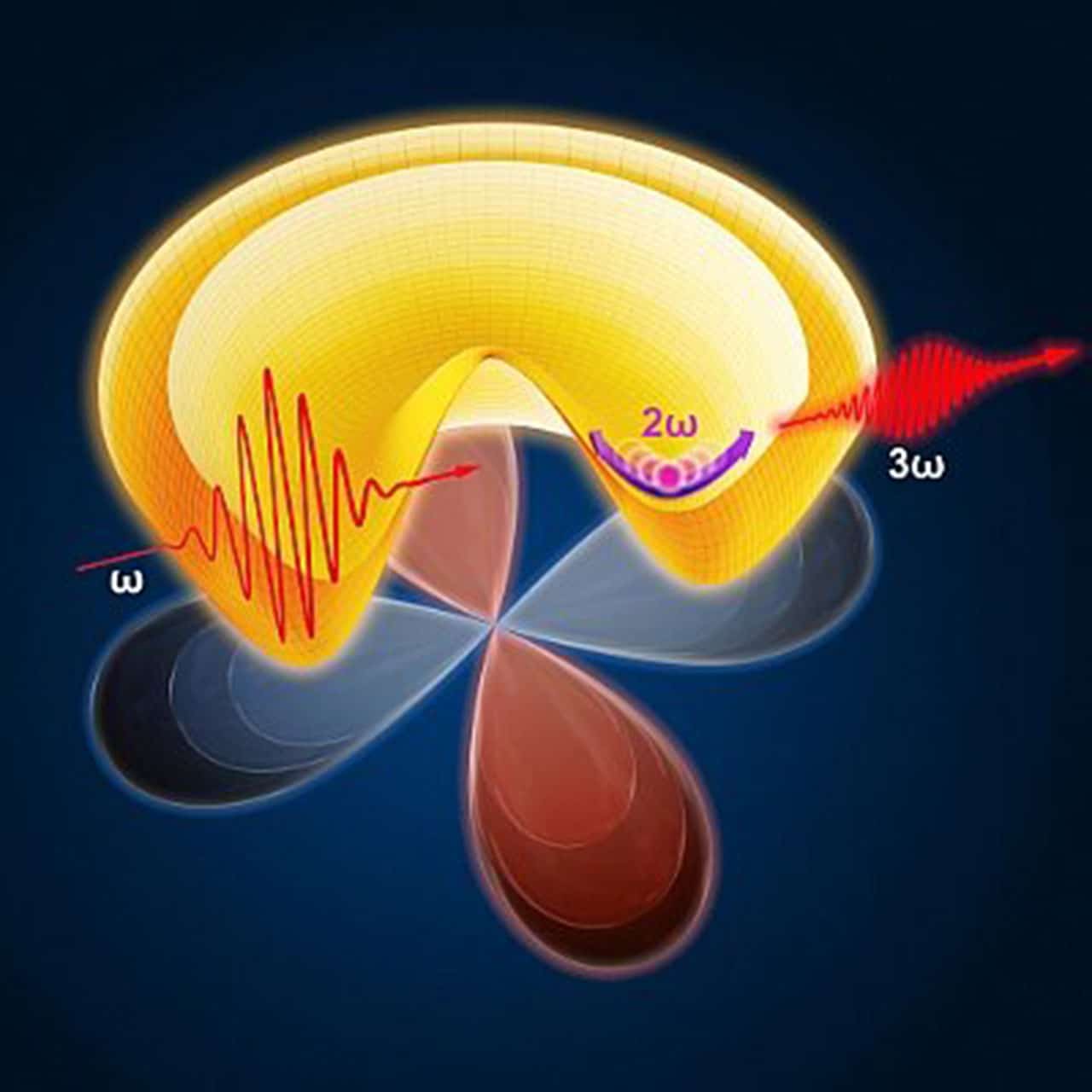High-temperature superconductors already revolutionized existing technologies. However, there is still a lack of understanding to create these complex materials for widespread application.
Higgs spectroscopy could hopefully reveal the dynamics of paired electrons in superconductors.
Thanks to a new measuring method developed by an international research consortium centered around the Helmholtz-Zentrum Dresden-Rossendorf (HZDR) and the Max Planck Institute for Solid State Research (MPI-FKF), the dynamics of the superconductivity revealed. The dynamics also show typical precursors of superconductivity even above the critical temperature at which the materials investigated attain superconductivity.
Materials only ‘turn on’ their superconductivity below -140 degrees Celsius. All known superconductors require elaborate cooling methods, which makes them impractical for everyday purposes.
There is a promise of progress in high-temperature superconductors, for example, cuprates—imaginative materials dependent on the copper oxide. The problem is that despite numerous long periods of research endeavors, their definite method of activity stays indistinct. Higgs spectroscopy may change that.
Dr. Jan-Christoph Deinert said, “Higgs spectroscopy offers us a whole new ‘magnifying glass’ to examine the physical processes.”
Scientists at the HZDR Institute of Radiation Physics is working on the new method alongside colleagues from the MPI-FKF, the Universities of Stuttgart and Tokyo, and other international research institutions. They are seeking to find out is how electrons form pairs in high-temperature superconductors.
In superconductivity, electrons combine to create “Cooper pairs,” which enables them to move through the material in pairs without any interaction with their environment. But what makes two electrons pair up when their charge makes them repel each other?
Prof. Stefan Kaiser, one of the main authors of the study, said, “The electrons pair up because of crystal lattice vibrations. One electron distorts the crystal lattice, which then attracts the second electron. For cuprates, however, it has so far been unclear which mechanism acts in the place of lattice vibrations.”
“One hypothesis is that the pairing is due to fluctuating spins, i.e., magnetic interaction. But the key question is: Can their influence on superconductivity and in particular on the properties of the Cooper pairs be measured directly?”
Here, Higgs oscillations play its role: In high-energy physics, they explain why elementary particles have mass. But they also occur in superconductors, where they can be excited by strong laser pulses. They represent the oscillations of the order parameter—the measure of a material’s superconductive state; in other words, the density of the Cooper pairs. So much for the theory.
A first experimental proof succeeded a few years ago when researchers at the University of Tokyo used an ultrashort light pulse to excite Higgs oscillations in conventional superconductors—like setting a pendulum in motion. For high-temperature superconductors, however, such a one-off pulse is not enough, as the system is damped too much by interactions between the superconducting and non-superconducting electrons and the complicated symmetry of the ordering parameter.
In this study, the Higgs spectroscopy enabled scientists to obtain the experimental breakthrough for high-temperature superconductors. Their trick was to use a multi-cyclic, intense terahertz pulse that is optimally tuned to Higgs oscillation and can maintain it despite the damping factors—continuously prodding the metaphorical pendulum. With the high-performance terahertz light source TELBE at HZDR, the researchers can send 100,000 such pulses through the samples per second.
Deinert said, “Our source is unique in the world due to its high intensity in the terahertz range combined with a very high repetition rate. We can now selectively drive Higgs oscillations and measure them very precisely.”
Prof. Michael Gensch, who is now researching at the German Aerospace Center and TU Berlin: “The experiments are of particular importance for the scientific application of large-scale research facilities in general. They demonstrate that a high-power terahertz source such as TELBE can handle a complex investigation using nonlinear terahertz spectroscopy on a complicated series of samples, such as cuprates.”
Dr. Hao Chu, primary author of the study and postdoc at the Max Planck-UBC-UTokyo Center for Quantum Materials, said, “That is why the research team expects to see high demand in the future: Higgs spectroscopy as a methodological approach opens up entirely new potentials. It is the starting point for a series of experiments that will provide new insights into these complex materials. We can now take a very systematic approach.”
After conducting multiple experiments, scientists affirmed that their method works for typical cuprates. Below the critical temperature, scientists were not only able to excite Higgs oscillations but also proved a new, previously unobserved excitation interacts with the Cooper pairs’ Higgs oscillations.
Further experiments are expected to disclose whether these interactions are magnetic interactions, as is fiercely debated in expert circles. Other measuring methods have previously suggested the possibility of such early pair formation. Higgs spectroscopy could support this hypothesis and clarify when and how the pairs form and what causes them to oscillate together in the superconductor.
Journal Reference:
- Hao Chu, Phase-resolved Higgs response in superconducting cuprates. DOI: 10.1038/s41467-020-15613-1
